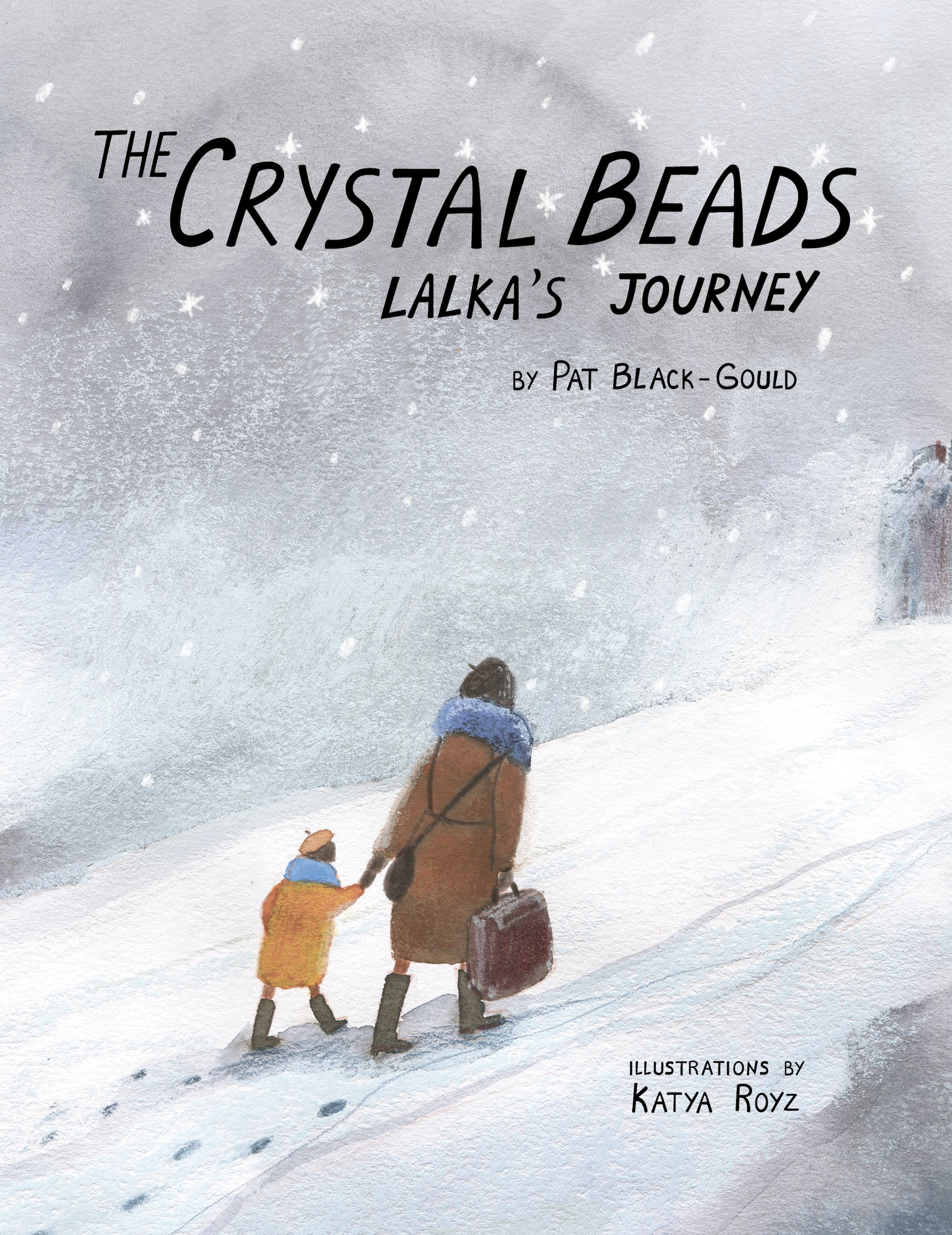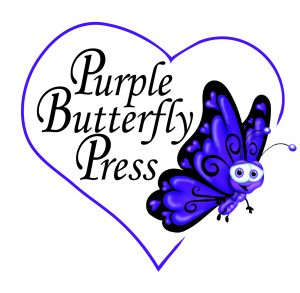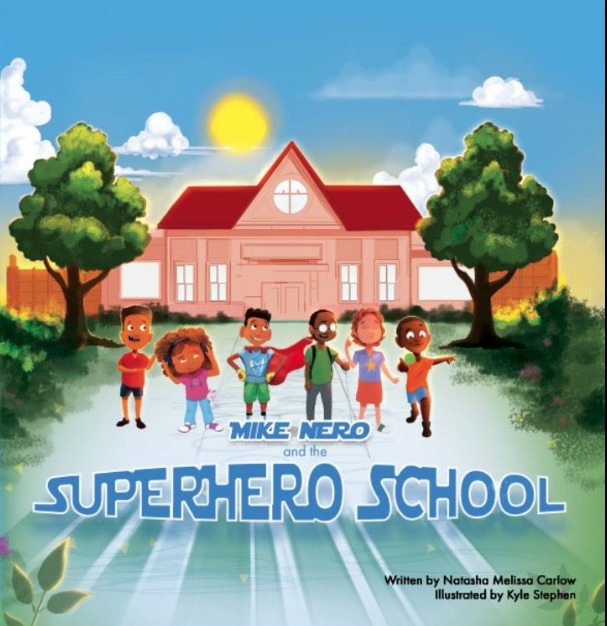The Crystal Beads, Lalka’s Journey, and Whitwell Middle School: A Story of Compassion and Caring about Others
My children’s book, The Crystal Beads, Lalka’s Journey, is about a hidden child of the
Holocaust. A Jewish mother makes the ultimate sacrifice to send her child to a Catholic
convent school to keep her safe. But while writing the book, I wondered how the children
of today could relate to what happened to a little girl and her mother in Poland in 1939.
What would this story have to do with their lives today?
The Crystal Beads is about compassion and caring for others—despite our differences. So, I
researched how educators teach these lessons to today’s children. I wanted to add
something to the book’s Afterword that might help young readers better understand these
concepts.
That’s when I discovered Whitwell Middle School. The school is in Whitwell, Tennessee,
and is the home of the Paper Clip Project and the Children’s Holocaust Memorial. People
from all over the world come to visit the school because of a project they created, which
began in 1998.
The staff wanted students to learn about empathy and respect for different cultures. So,
they designed a course to teach students about the Holocaust and the six million Jews who
perished. Six million was a hard number for the students to comprehend! The staff and
students decided to collect six million of something. But what? The students learned that
during World War II, the people of Norway wore paper clips on their lapels to protest the
Nazi occupation. The kids learned that a Norwegian Jew invented the paper clip. So that’s
what the children collected--each clip representing a life lost.
Because of the hard work of the students and teachers, donations came in from school
children, Holocaust survivors, celebrities—even United States presidents! The school met
its goal of six million paper clips and then collected five million more, dedicating them to
the five million others killed by the Nazis, including individuals with disabilities, gay
people, priests, Jehovah’s Witnesses, Roma people, and resistance fighters in occupied
countries.
The school needed a place to store the paper clips. With the help of two White House
correspondents, Whitwell staff and students obtained a German cattle car that Nazis had
used to transport Jews to concentration camps, one of the few cars left from that era. Two
glass cases on either end of the boxcar store eleven million paper clips. But since then, the
school has collected over thirty thousand paper clips, some of which they have distributed
to other schools that have started their own paper clip projects.
The school houses not only the paper clips but has a library of donations of books about the
Holocaust and a museum filled with artifacts sent by Holocaust survivors and their families.
In addition, the museum and library are open for both in-person and virtual visits. And the
tours are given by the students.
After visiting the school, I had to include the information about Whitwell in The Crystal
Beads, Lalka’s Journey, because as they say on their website, they are “Changing the world,
one class at a time.”
I’ve had the pleasure of returning to the school and sharing The Crystal Beads, Lalka’s
Journey, with the students. In addition, I also share Whitwell’s story anytime I present my
book—to both children and adult audiences. Compassion and caring about others are not
just concepts for children to learn. In today’s troubling times, these messages can benefit
people of all ages.
You can learn more about the hidden children of the Holocaust and Whitwell Middle School
in The Crystal Beads, Lalka’s Journey. The book is available on Amazon and other online
book retailers.
To learn more about Whitwell Middle School’s project, visit:
https://www.whitwellmiddleschool.org/getinspired/beginning
I'd like to thank my publisher, Purple Butterfly Press, for donating copies of The Crystal Beads, Lalka's Journey to Whitwell Middle School and the Children's Holocaust Museum for their fundraising campaign. Their mission is to create the Whitwell Education and Heritage Center, a place where, as they say on their website: "history, education, and support come together."

.png)

